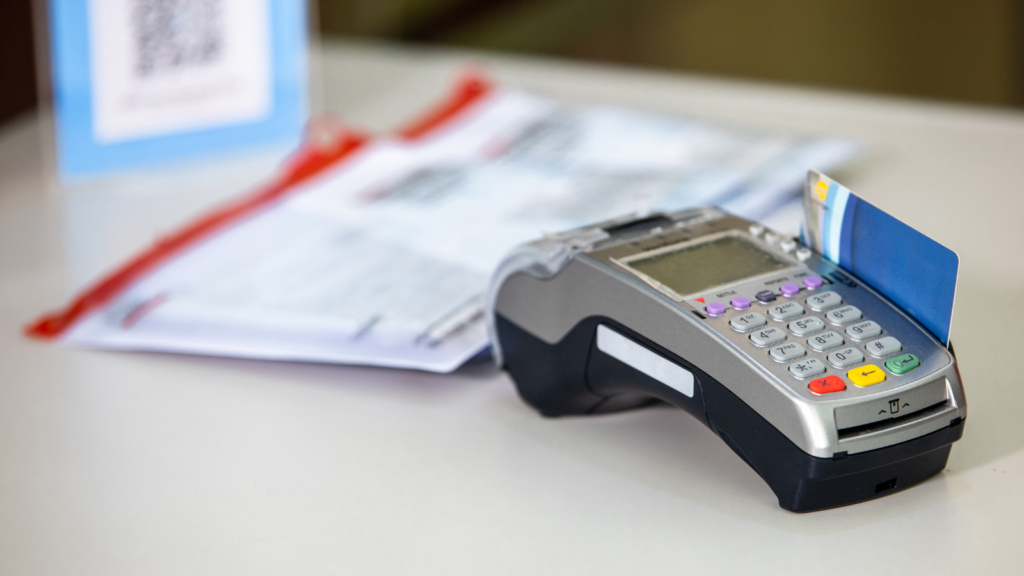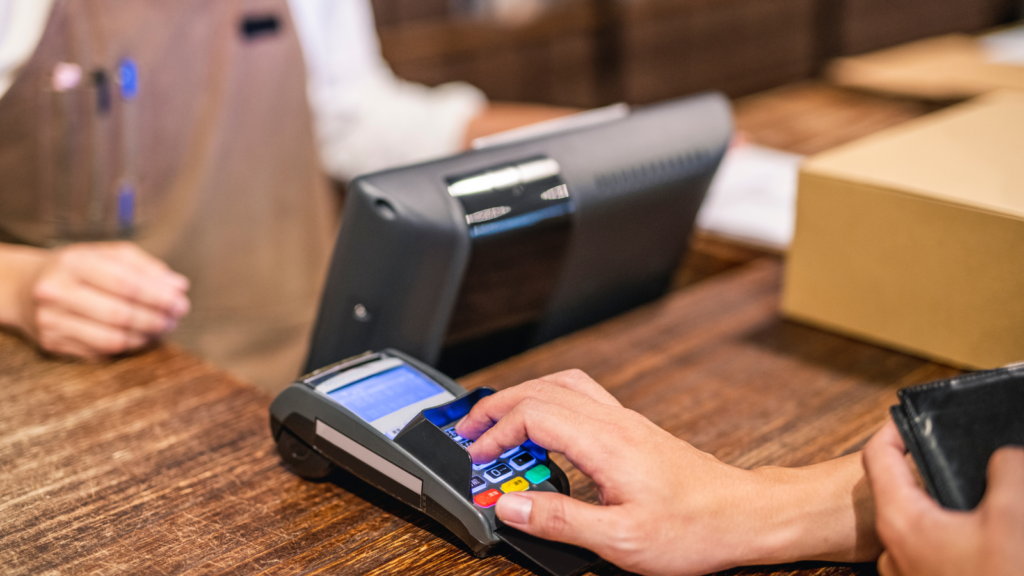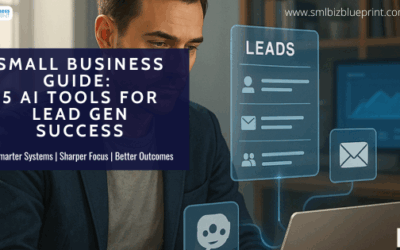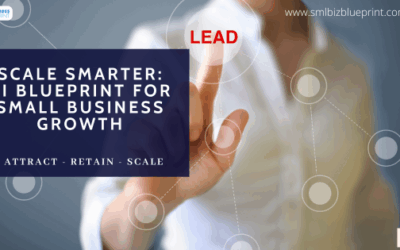As a business owner, you’re constantly looking for strategies to boost growth and revenue.
One of the most potent ways to achieve this is by increasing the frequency of transactions with your existing customers.
It’s not just about acquiring new customers; it’s about getting your current ones to buy from you more often.

In this article, we’ll explore ten actionable tactics to help you achieve this goal, ultimately driving your business to new heights.
Introduction
Before diving into these tactics, let’s understand why increasing transaction frequency is a powerful growth strategy.
Imagine you run a local bakery.
You have a steady stream of customers who love your pastries and visit your shop once a week. If you encourage them to come in twice a week instead of once, you’ve doubled your revenue from those customers.
Multiply that by your entire customer base, and you’re looking at significant growth without substantial marketing expenses.
This concept is about nurturing your existing customer relationships, building loyalty, and ensuring your business remains top-of-mind whenever your customers require your products or services.
Let’s delve into the ten tactics that will help you accomplish this.
#1 Loyalty Programs that Work
What to Do: Create effective loyalty programs to incentivise repeat purchases.
Why: Loyalty programs reward customers for their continued patronage. They provide an immediate incentive to make another purchase and strengthen the emotional bond between your customers and your brand.
How: Offer enticing rewards such as discounts, free products, or exclusive event access. Use a tiered system to encourage customers to spend more to unlock greater rewards.
Example: Starbucks’ “Star Rewards” program offers free drinks and food items as customers earn stars for each purchase, keeping coffee enthusiasts returning for more.
#2 Email Campaigns for Repeat Business
What to Do: Leverage personalised email offers.
Why: Email marketing allows you to reach your customers directly with tailored promotions. Personalisation makes customers feel valued and increases the chances of them making another purchase.
How: Segment your email list based on customer behaviour and preferences. Send targeted offers, recommendations, and exclusive deals that align with their interests.
Example: Amazon’s personalised email recommendations based on previous purchases drive customers back to their platform, increasing transaction frequency.
#3 Subscription Models Demystified
What to Do: Implement subscription-based services.
Why: Subscriptions create predictable revenue streams and encourage regular engagement with your brand. Customers love the convenience of automated deliveries.
How: Offer subscription options for your products or services and clearly communicate the benefits of subscribing, such as cost savings, convenience, or exclusive access.
Example: Meal kit services like Blue Apron have thrived by offering weekly subscription plans, ensuring customers return for their next meal kit.

#4 Cross-Selling for Additional Revenue
What to Do: Recommend complementary products.
Why: Cross-selling increases the average transaction value by offering customers related items they might need or want alongside their main purchase.
How: Analyze customer purchase history to identify opportunities for cross-selling. Train your staff to suggest relevant add-ons during the sales process.
Example: When you purchase a smartphone online, the website often suggests protective cases, screen protectors, and other accessories.
#5 Follow-up Communication Strategies
What to Do: Implement post-purchase follow-up techniques.
Why: Post-purchase communication shows that you care about your customers’ satisfaction. It also provides an opportunity to gather feedback and address any issues.
How: Send order confirmations, shipping updates, and thank-you emails. Follow up with surveys to collect feedback and make improvements.
Example: Online retailers often send emails with tracking information and estimated delivery dates, keeping customers informed and engaged.
#6 Limited-Time Offers that Drive Sales
What to Do: Create compelling time-sensitive promotions.
Why: Limited-time offers create a sense of urgency, motivating customers to purchase sooner rather than later.
How: Set clear promotional expiration dates and use persuasive language to convey scarcity. Promote these offers through various channels, such as social media and email.
Example: E-commerce stores frequently run flash sales with discounts only available for a limited time.

#7 Product Bundling for Increased Value
What to Do: Bundle products together.
Why: Bundling can increase the perceived value of your offerings, encouraging customers to make larger purchases.
How: Identify products that naturally go together or create themed bundles. Offer a slight discount when customers buy the bundle instead of individual items.
Example: Gaming consoles often come bundled with games and accessories, providing customers with added value.
#8 Automated Reordering Simplified
What to Do: Set up automatic reorder options.
Why: Automated reordering saves customers time and ensures they never run out of essential products.
How: Enable customers to set up recurring orders with customisable delivery frequencies. Send reminders before each reorder.
Example: Online pet supply stores allow customers to set up automatic pet food deliveries every month, eliminating the need for manual reordering.
#9 VIP Programs for Loyal Customers
What to Do: Establish VIP tiers with exclusive benefits.
Why: VIP programs make your most loyal customers feel appreciated and give them extra incentives to choose your business over competitors.
How: Offer exclusive discounts, early access to sales, and personalised service to VIP members. Encourage customers to reach VIP status by spending a certain amount.
Example: Airlines offer elite status levels with perks like priority boarding, lounge access, and bonus miles for frequent flyers.

#10 The Power of Customer Surveys
What to Do: Utilize surveys to tailor offerings and increase transactions.
Why: Customer feedback is invaluable for understanding their needs and preferences, enabling you to make data-driven improvements.
How: Send surveys to gather insights on product preferences, shopping experience, and areas for improvement. Act on the feedback to enhance your offerings.
Example: Online marketplaces often ask customers to rate and review products, helping other shoppers make informed decisions and driving repeat purchases.
Conclusion
Increasing the frequency of transactions with your existing customers is a growth strategy that can yield substantial results for your business.
These ten tactics provide a roadmap to nurture customer relationships, drive loyalty, and boost revenue without constantly chasing new leads.
Remember, the key is consistently focusing on delivering value to your customers. Doing so will create a win-win situation where your customers get what they need, and your business thrives.
Start implementing these tactics today, and watch your business grow.
FAQs
Q1. Do these tactics work for all types of businesses?
A: These tactics are adaptable and can be effective for various industries and business sizes.
Q2. How can I measure the success of these tactics?
A: Key performance indicators (KPIs) such as increased transaction frequency, customer retention rates, and revenue growth can help you assess the impact of these tactics.
Q3. Can I implement multiple tactics simultaneously?
A: Absolutely. A combination of these tactics can often yield even better results.
Q4. What if my business is just starting?
A: These tactics can be implemented gradually. Start with the ones that align best with your business model and goals.
Q5. How often should I survey my customers?
A: The frequency of surveys depends on your business type. For most businesses, quarterly or semi-annual surveys are sufficient to gather valuable feedback.
Q6. Should I offer discounts on loyalty programs?
A: Discounts are effective incentives, but consider other perks like exclusive access or early releases to maintain profitability.
Q7. What’s the most critical factor in implementing these tactics successfully?
A: Consistency is key. Ensure you consistently deliver value to your customers through these tactics, fostering trust and loyalty.




